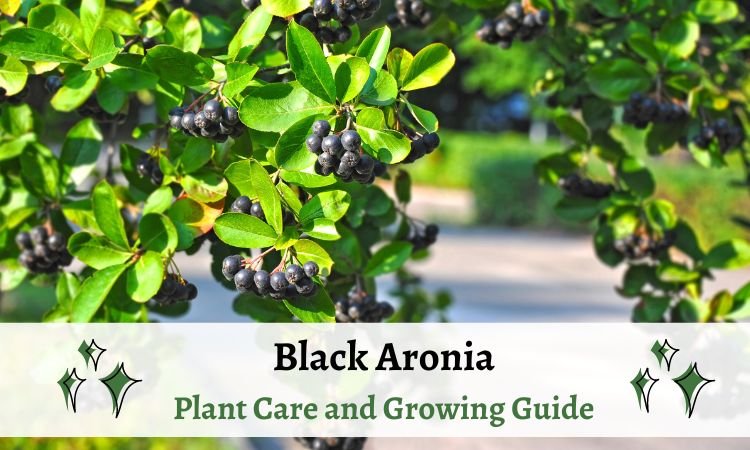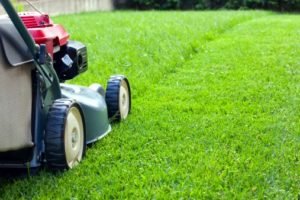Black Aronia – Plant Care and Growing Guide

Introduction
In recent years, Black Aronia, also known as Black Chokeberry, has gained the attention and limelight for its health benefits. It is a versatile, low-maintenance shrub that can quickly be grown in your home gardens. It is a native North American plant that can be quickly grown in growing zones 3 to 7. Growing Black Aronia berries in your garden can bring a lot of advantages to you. It is a robust plant that can tolerate insects and adapts to the natural ecosystem.
Better than other non-native plants, it can easily tolerate plant diseases and variations in climate. Once you plant it in your garden, it just requires a little care. The cultivation of the plant leads to harvesting one of the healthiest berries on the planet. It is a rich source of valuable anti-oxidants, vitamins, and minerals.
Let us gather some more information on the planting soil, plant care, and growing tips of the plant.
Planting Black Chokeberry
The ideal time to plant the black chokeberry is spring or fall when the weather is moderate—plant in a location that receives full to partial sun. The plant produces flowers and berries when they receive at least six hours of sunlight daily. Too much shade may result in poor growth and production of the plant.
How to plant black chokeberry?
While planting the black chokeberry, loosen the soil in an area thrice as deep as the container in which the plant is present. Start amending the soil with compost or other organic matter. Check if the plants are pot-bound. In such a case, tease out the roots. Now dig a big size hole to that of a root ball and place the plant in the hole. Ensure that the top of the root ball is levelled with the planting soil. The next step is to fill the hole with soil. Tamp down gently to remove air pockets and water the plant thoroughly. Water the plant regularly until it is properly established. Keep space around 4-6 feet while planting—mulch around plants to retain moisture and control weeds.
Care and Maintenance
It is a highly adaptable and hardy shrub that can grow well in dry and moist locations. Ideally, the planting soil pH should be acidic. However, it can also grow in alkaline soil. The plant is tolerant to different growing conditions and spreads readily in any landscape. Plant maintenance is low as it mostly takes care of itself.
Below are some growing conditions necessary for black chokeberry to grow appropriately.
-
Light
Proper sunlight is the most crucial factor for any plant to grow. You can easily plant a back chokeberry in either full or partial sun. You can expect the best flowering and fruiting in locations with full sun, which means at least six hours of direct sunlight on most days. When in too much shade, the shrub may minimally flower and fruit. The weak growth may lead to the death of the plant.
-
Water
Black Chokeberry has moderate water needs. It can withstand both occasional flooding and occasional drought. It is ideal for watering your plant for proper growth during hot weather days.
-
Soil
Soil is another essential factor while growing a plant. This shrub is adaptable to a wide range of planting soils. It can tolerate clay and sandy soil, though it prefers to grow somewhere between. It may handle some salt in the soil, making it a good choice for a site near the roadside that uses road salt.
-
Temperature and Humidity
Black Aronia is tolerant of cold and hot temperatures for its growing zones. It generally flowers in late spring to avoid frost. If a late frost happens, it may damage the flowering and eventually fruiting the plant for that particular growing season. You can cover the shrub with a sheet to your plant from frosting. Humidity is not a problem with this shrub as long as there is good air circulation and foliage to prevent fungal diseases.
-
Fertilizers
Black Chokeberry does not require fertilization unless you have nutrient-deficient planting soil. You may mix the compost into the soil to boost the plant’s growth. Each spring season, apply a layer of compost for the healthy growth of your plant.




